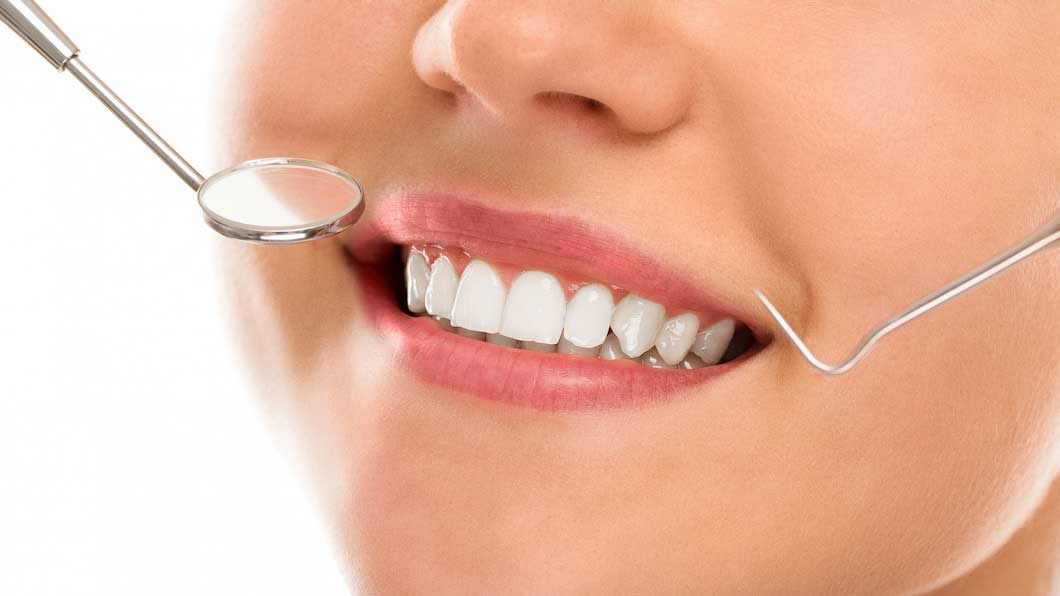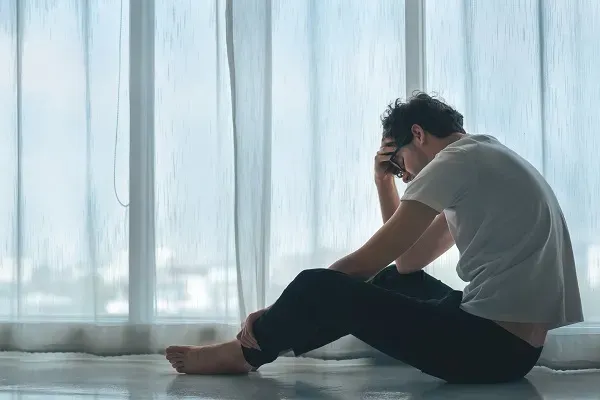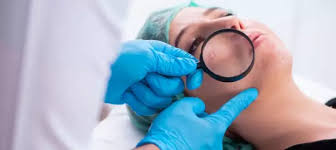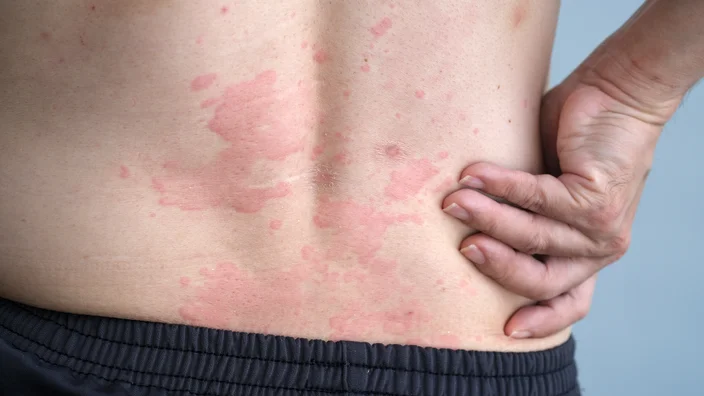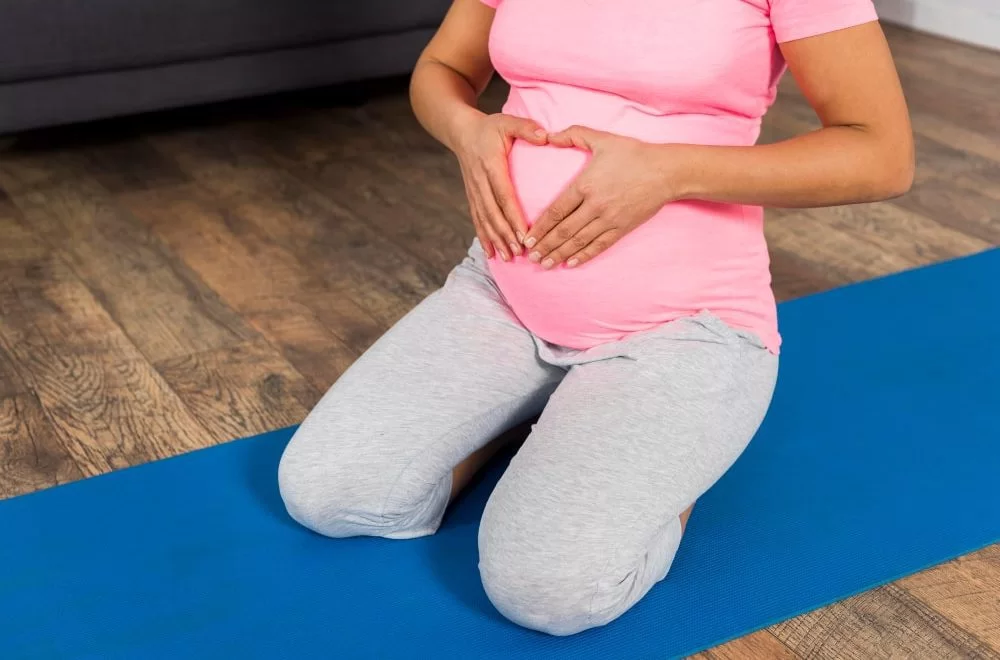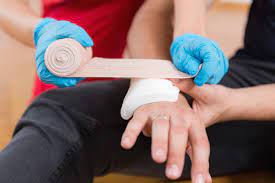
How to Perform First Aid Correctly for Any Case?
- Mar 10th 25
In our daily lives, we may encounter emergency situations that require quick intervention to save someone's life. Therefore, it's essential to know how to administer first aid properly. This article provides a comprehensive and detailed guide on how to deal with emergencies in the best possible way to ensure the victim’s safety and minimize complications until professional medical help arrives.
First: What is First Aid?
First aid refers to the immediate medical procedures given to an injured or ill person before reaching the hospital or receiving professional help. Its importance lies in saving lives, preventing the condition from worsening, and relieving pain.
Second: Basic First Aid Steps
1. Assess the Situation and Ensure Safety
- Check the scene for safety: Before approaching the injured person, ensure the place is safe for both of you (avoid fires, electricity, traffic).
- Check the victim’s responsiveness: Try talking to them to see if they are conscious.
- Call for help immediately: Contact emergency services depending on the severity of the case.
2. Check Vital Signs
- Breathing: Is the person breathing normally?
- Pulse: Is there a regular heartbeat?
- Responsiveness: Does the person respond to voice or touch?
3. Start Appropriate First Aid Measures
- If not breathing or no heartbeat: Perform CPR (Cardiopulmonary Resuscitation).
- If bleeding: Stop bleeding with direct pressure.
- If unconscious but breathing, place the person in the recovery position.
Third: How to Handle Different Injuries
1. Cuts and Bleeding
- Clean the wound with antiseptic or clean water.
- Apply direct pressure to stop bleeding.
- Elevate the injured part if possible to reduce blood flow.
- Bandage the wound with sterile gauze.
2. Burns
- Remove the person from the fire source immediately.
- Cool the burn under running cold water for 10-20 minutes.
- Do not apply ice directly to avoid tissue damage.
- Do not pop blisters.
- Cover the burn with a light sterile dressing.
3. Fractures and Bruises
- Do not move the injured limb.
- Immobilize the fracture with a splint or rigid support.
- Elevate the injured part to reduce swelling.
- Do not attempt to realign bones.
4. Choking
- Call for emergency help immediately.
- If conscious: Encourage coughing.
- If choking continues: Perform Heimlich maneuver.
- If unconscious: Start CPR immediately.
5. Unconsciousness
- Check breathing.
- Place the person in the recovery position.
- Monitor vital signs until help arrives.
Fourth: First Aid for Children
Handling children’s first aid requires extra care:
- Lower the head if choking, with gentle back blows.
- Chest compressions should be done with fingertips, not the whole hand.
- Careful handling of burns, as children's skin is more sensitive.
Fifth: Handling Special Cases
1. Seizures
- Do not restrain movement.
- Remove sharp objects nearby.
- Place the person on their side.
- Wait until the seizure ends, then check breathing.
2. Stroke
- Call emergency services immediately.
- Notice stroke symptoms: facial droop, speech difficulty, arm weakness.
- Do not give food or drink.
3. Heart Attack
- Keep the person calm and still.
- Help them sit comfortably.
- Give aspirin if no allergy.
- Call emergency services immediately.
Sixth: First Aid for Poisoning
- Identify the poisonous substance.
- Do not induce vomiting unless advised by a doctor.
- Contact poison control center or emergency services.
- Give clear information about what and how much was taken.
Seventh: Essential First Aid Kit Items
- Sterile gauze.
- Band-aids of various sizes.
- Medical gloves.
- Antiseptic solution.
- Medical scissors.
- Medical adhesive tape.
- Tweezers.
- Basic medications (pain relievers, fever reducers, burn cream).
Eighth: General Tips for Proper First Aid
- Get prior training in first aid.
- Stay calm.
- Call for help quickly.
- Avoid unproven methods.
- Monitor the victim until medical help arrives.
Ninth: Why Should We Learn First Aid?
- To save lives.
- To be prepared for emergencies.
- To reduce pain and suffering.
- To minimize complications.
- To gain confidence in handling crises.
